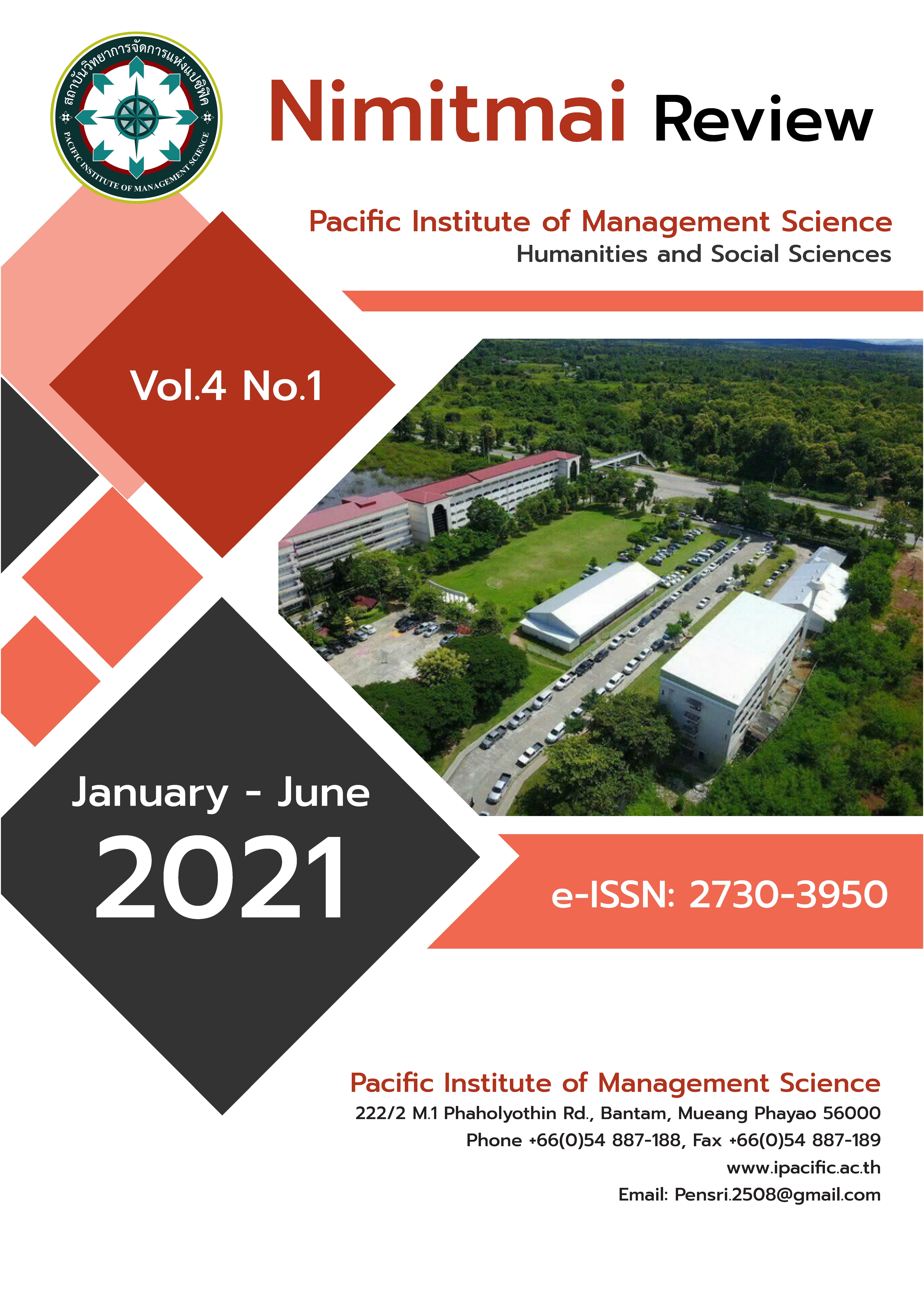An overview of climate finance in India
Keywords:
Climate change, Climate finance, , IPCC, mitigation, UNFCCCAbstract
At presentthe world is facing dual challenges of Covid-19 and climate change. India has been hailed as a global leader by many global leaders for its efforts to tackle the climate change and Covid-19. Climate change has several consequences on development, food and water security, health, and gender equity and poverty alleviation efforts of India. The climate financing efforts in developing countries has become an important global issue for climate governance. Climate finance is a keystone of global assistance to deal with climate change related risks. It is based in narrative that climate change is deadly, expensive, and that those least responsible for causing it are being hardest hit. Accelerating the climate finance to deal with climate change related risk still remains a key challenge in many developing countries including India. The UN Framework Convention on Climate Change (UNFCCC) involves a group of rich and developed countries to support financial assistance to developing nations to deal with climate change. This was based on the Common but Differentiated Responsibilities (CBDR) principle, which was formalized in the Earth Summit in Rio de Janeiro, 1992. India is the world’s fourth-largest emitter of greenhouse gases but imparts insignificant harm. The fifth Assessment Report (AR5) of IPCC (2014) confirmed India’s high vulnerability and exposure to climate change. It has also advocated that climate change will slow India’s economic growth, impact health and development, make poverty reduction more difficult and diminish the food security. In Intended Nationally Determined Contribution (INDC), India has set a figure of USD 2.5 trillion (at 2014-15 prices) as its price for attaining its mitigation and adaptation targets by 2030. Apart from the making budgetary allocations, the government sustains climate action through the cuts in subsidies, increase in taxes on petroleum and diesel, market mechanisms such as Perform Achieve and Trade (PAT) and Renewable Energy Certificates (RECs) and regulatory regimes such as Renewable Purchase Obligations (RPOs). However, with high inflation and slowing growth, the country faces various major challenges like poverty, health, education, sanitization, corruption and gender differences which hinder the climate change goal. In the present review, we evaluated some of the most recent and existing mechanisms, activities and challenges of climate finance related climate finance in India.
References
Das, S., Ghosh, A., Hazra, S., Ghosh, T., de Campos, R. S., & Samanta, S. (2020). Linking IPCC AR4 & AR5 frameworks for assessing vulnerability and risk to climate change in the Indian Bengal Delta. Progress in Disaster Science, 7, 100110.
Khan, M., Robinson, S. A., Weikmans, R., Ciplet, D., & Roberts, J. T. (2020). Twenty-five years of adaptation finance through a climate justice lens. Climatic Change, 161(2), 251-269.
Kriegler, E., Bertram, C., Kuramochi, T., Jakob, M., Pehl, M., Stevanović, M., & Edenhofer, O. (2018). Short term policies to keep the door open for Paris climate goals. Environmental Research Letters, 13(7), 074022.
Majid, M. A. (2020). Renewable energy for sustainable development in India: current status, future prospects, challenges, employment, and investment opportunities. Energy, Sustainability and Society, 10(1), 1-36.
Nithin Thomas, P. (2021). Economic Survey 2021: India Needs $206 Billion Between 2015-2030 to Fight Climate Change Financial Resource Availability for Climate Actions is a Challenge. https://mercomindia.com/economic-survey-2021-india.
Raptis, C. E., Oberschelp, C., & Pfister, S. (2020). The greenhouse gas emissions, water consumption, and heat emissions of global steam-electric power production: a generating unit level analysis and database. Environmental Research Letters, 15(10), 104029.
Reddy, P.B. (2015). Intergovernmental Panel on Climate Change: The Big Global Scam. Research gate.
Reddy, P.B. and Gangle, G.R., (2015). The Post Mortem of IPCC on Climate Change. Life sciences International Research Journal, 2, 1, pp, 187-194.
Reddy, P. B. (2016). The Terrible truth of IPCC on Climate Change. Research gate.
Ravindranath, N. H., & Sathaye, J. A. (2002). Climate change and developing countries. In Climate Change and Developing Countries (pp. 247-265). Springer, Dordrecht.
Smith, J. B., Dickinson, T., Donahue, J. D., Burton, I., Haites, E., Klein, R. J., & Patwardhan, A. (2011). Development and climate change adaptation funding: coordination and integration. Climate Policy, 11(3), 987-1000.
Satterthwaite, C. M. (2008). Towards pro-poor adaptation to climate change in the urban centres of low-and middle-income countries (Vol. 3). II Ed.
Shukla, P. R., Mittal, S., Liu, J. Y., Fujimori, S., Dai, H., & Zhang, R. (2017). India INDC assessment: emission gap between pledged target and 2 C target. In Post-2020 climate action (pp. 113-124). Springer, Singapore.
Szilagyi, L. (2020). Outcome validation report: CCAFS engagement in the Global Commission on Adaptation.
Timperley, J. (2019). The carbon brief profile: India. Accessed on, 14.
Tollefson, J. (2018). IPCC says limiting global warming to 1.5 C will require drastic action. Nature, 562(7726), 172-173.
https://dea.gov.in/divisionbranch/climate-change-finance-unit



